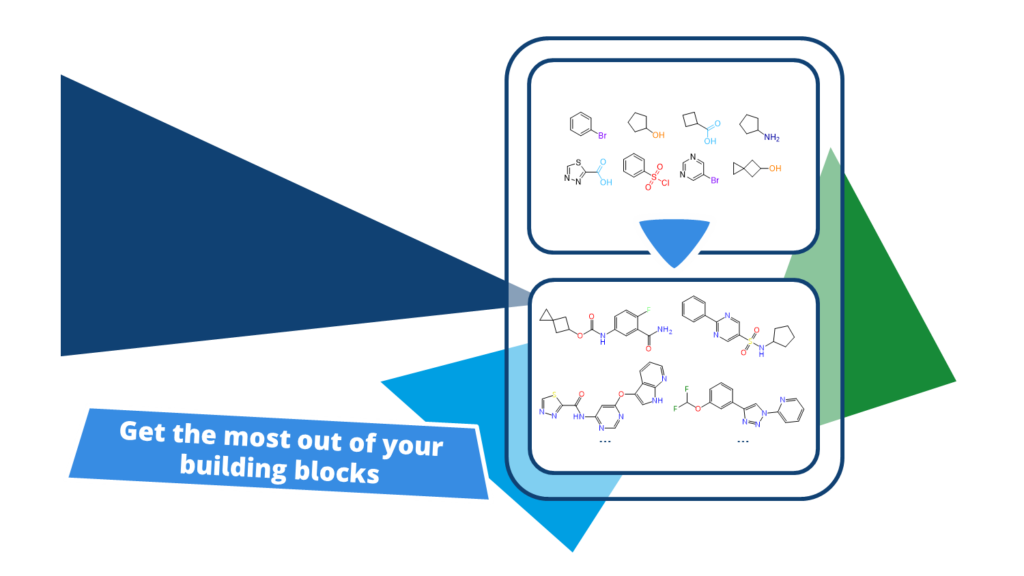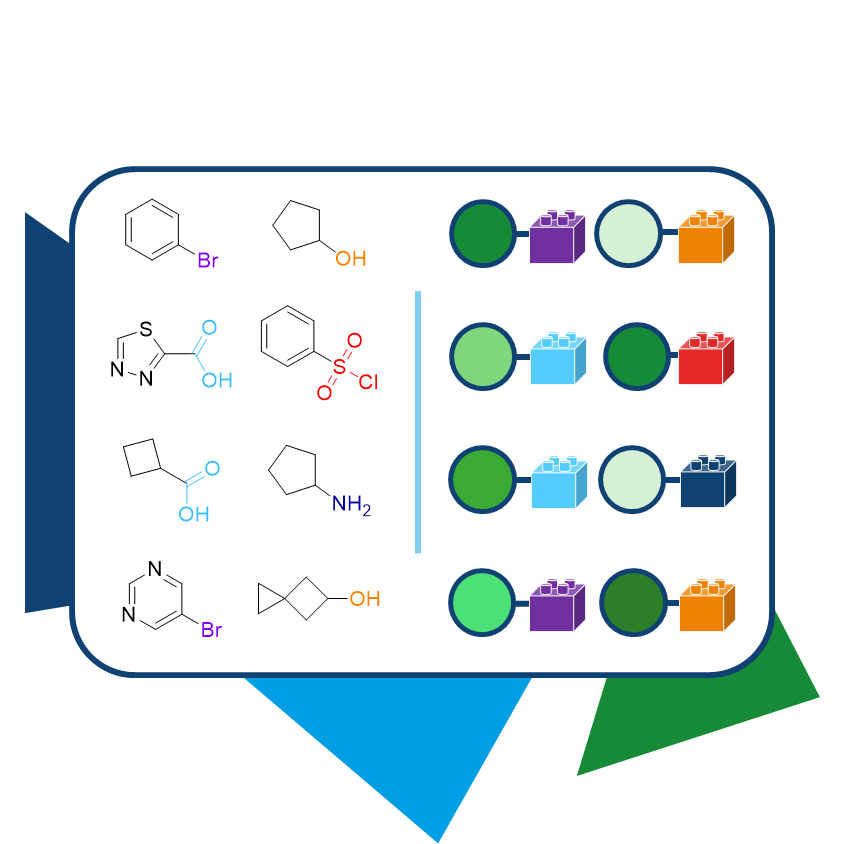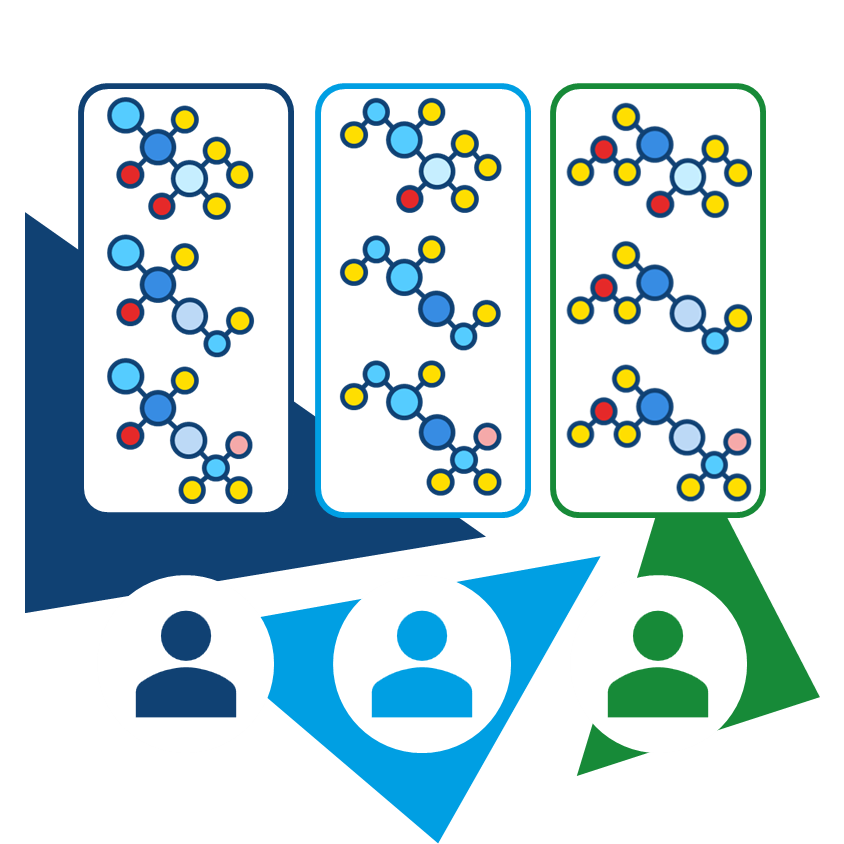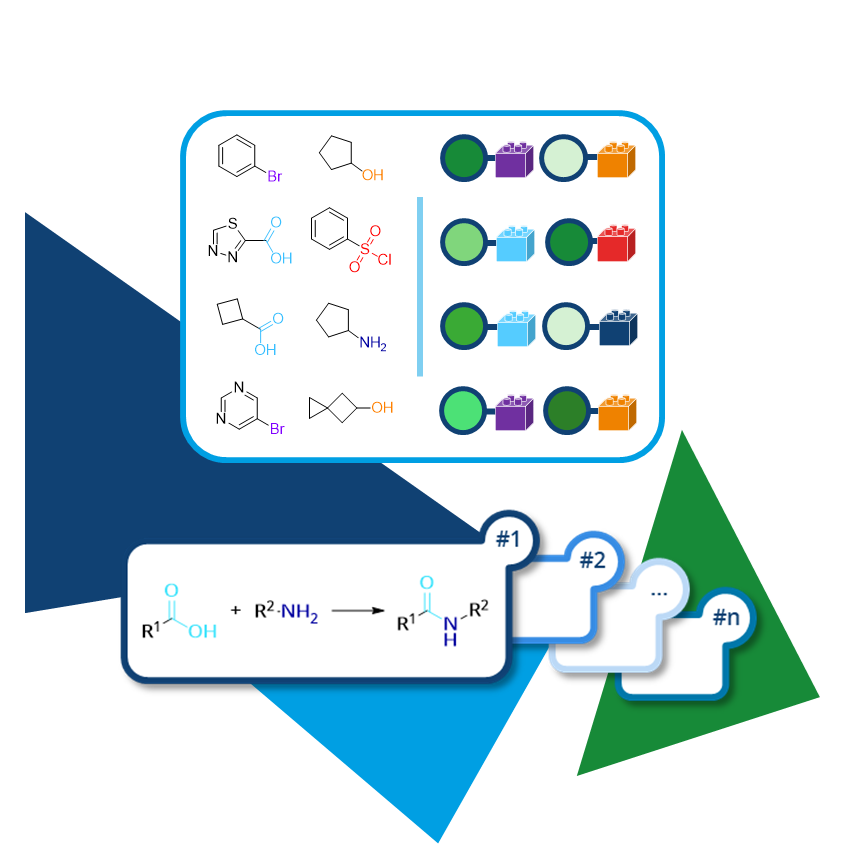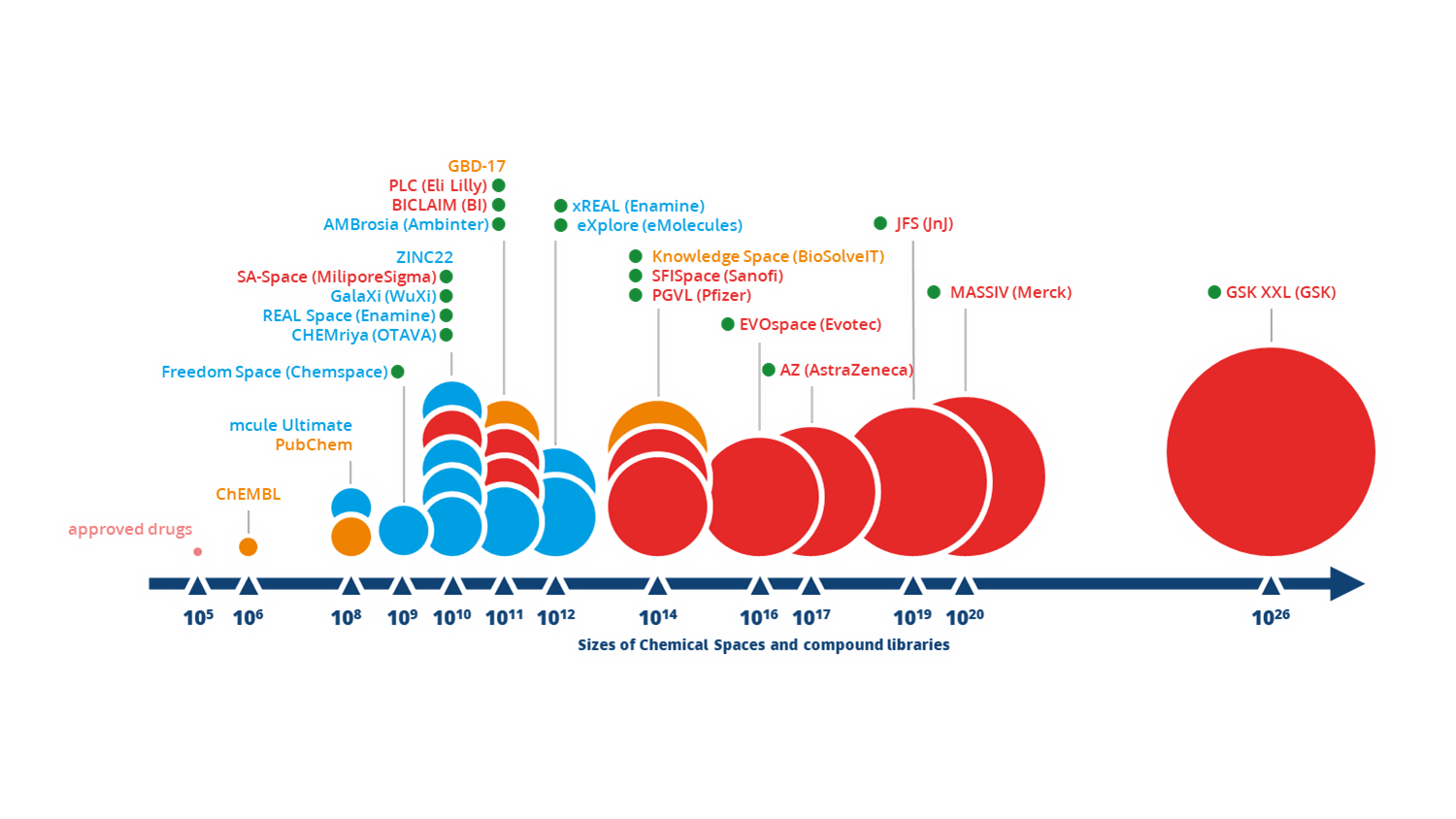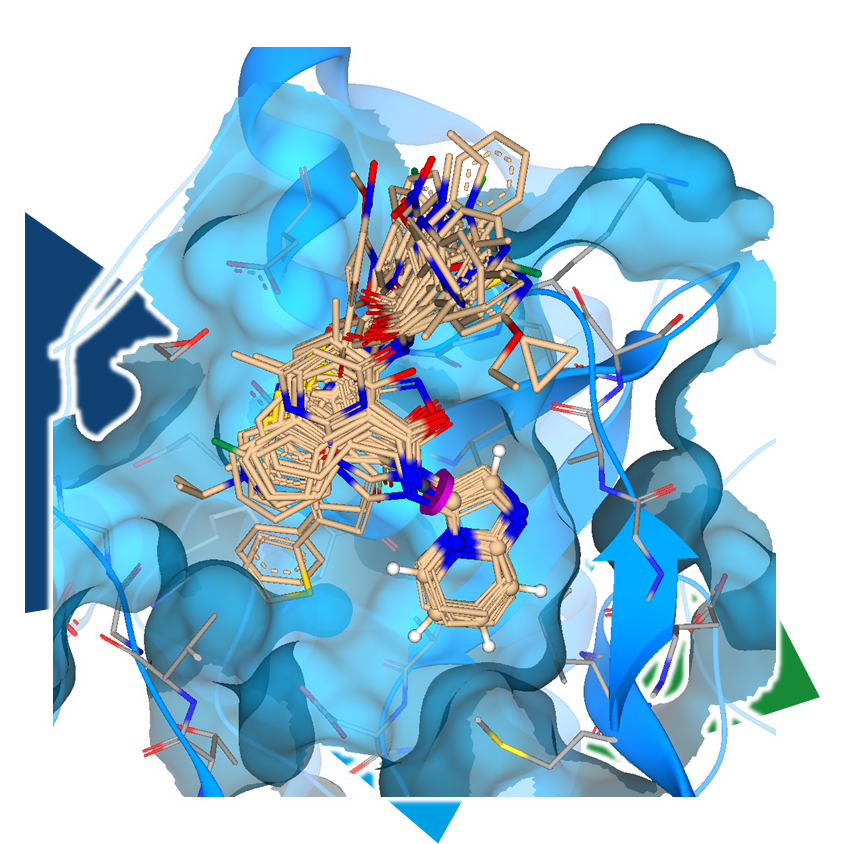Building blocks are characterized by having a functionality or functional group that enables their coupling with other building blocks. This functionality can essentially be anything, as long as there is a suitable reaction to link it with another functional group. Common examples include carboxylic acids and their derivatives, amines, aldehydes, alkylating agents, and more. Additionally, other functional groups or entire ring systems can be formed through cyclization reactions that combine two or more building blocks into a new, larger molecule.
The most common reactions in medicinal chemistry can be
here and
here.
